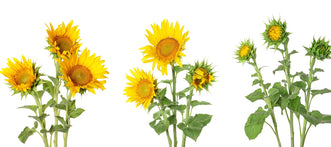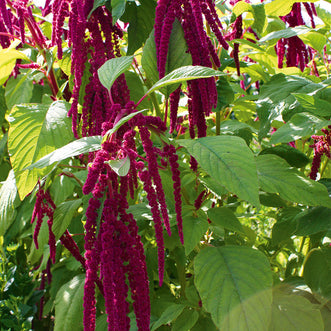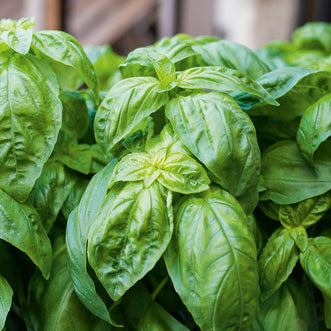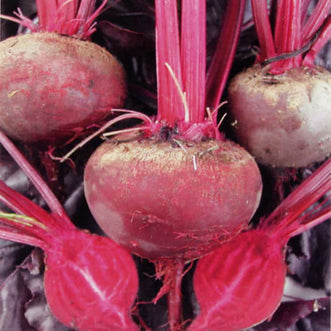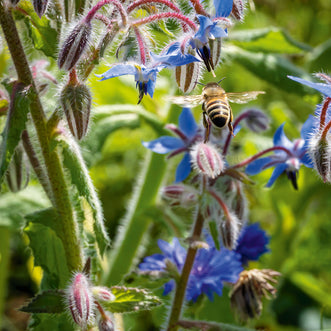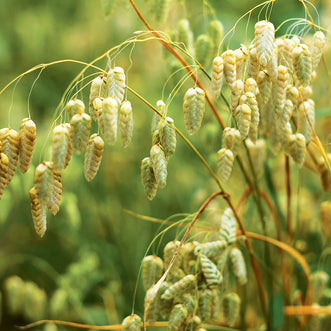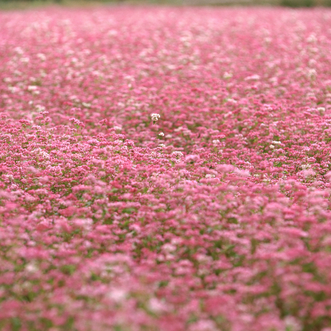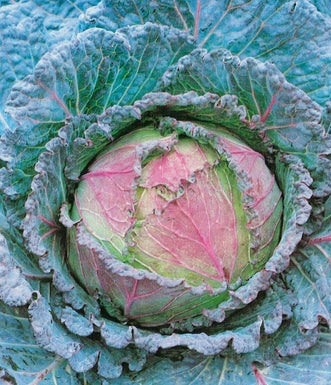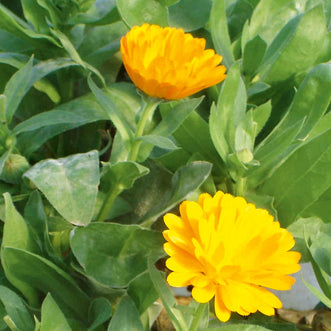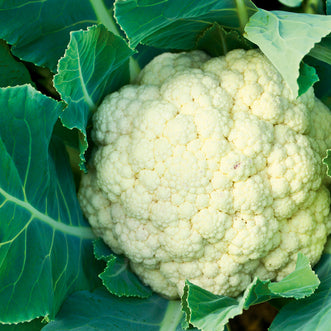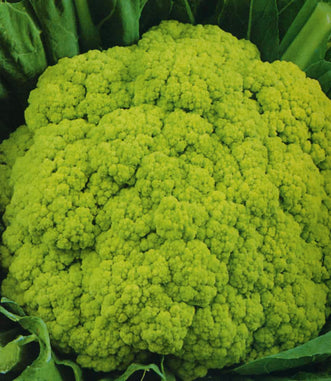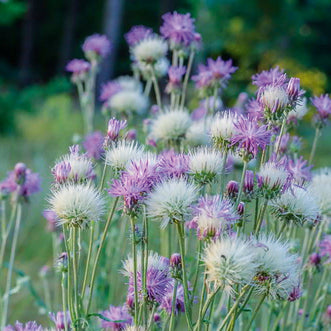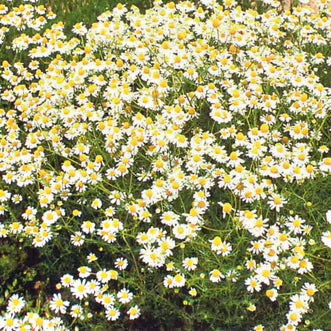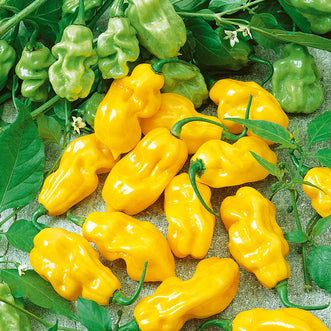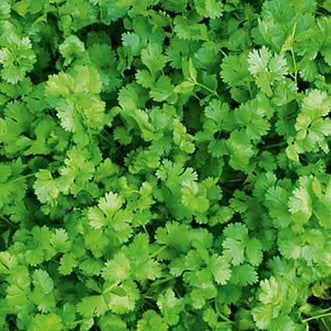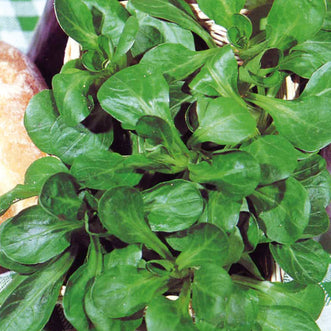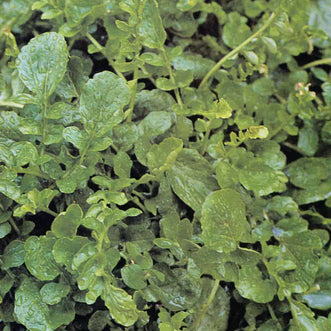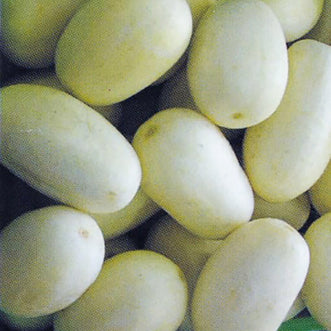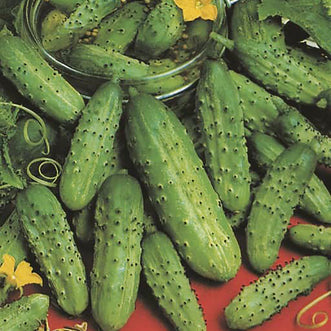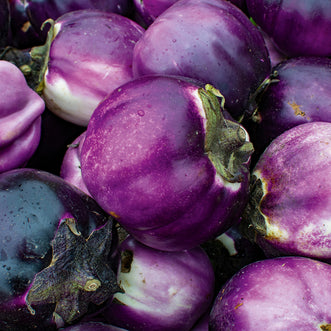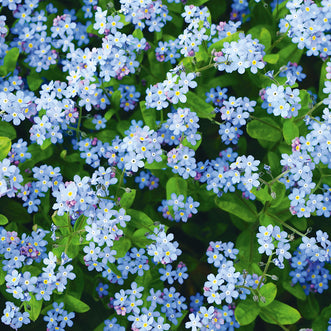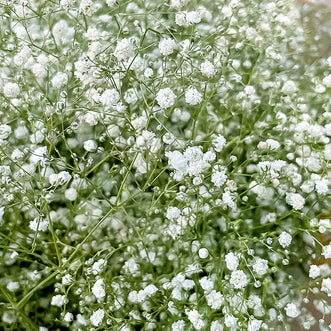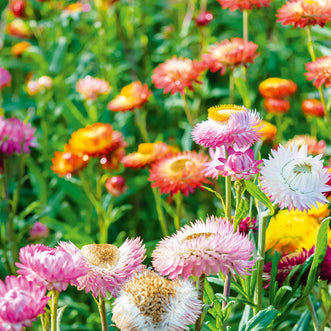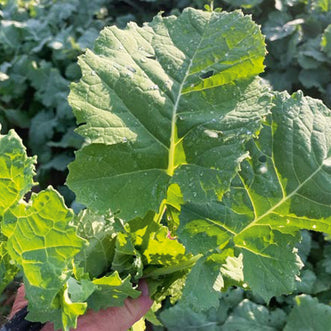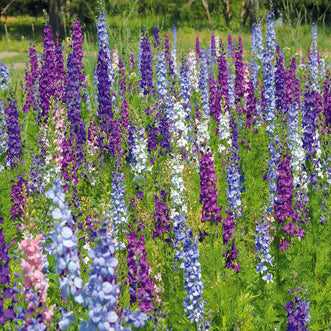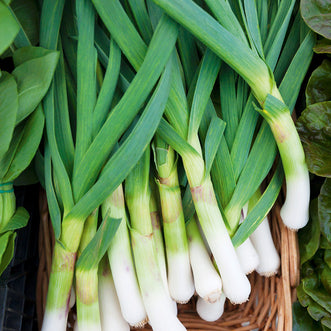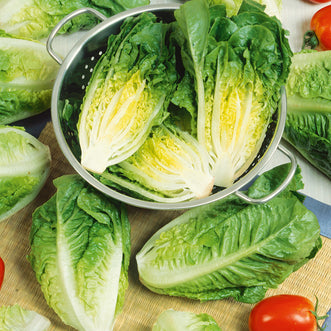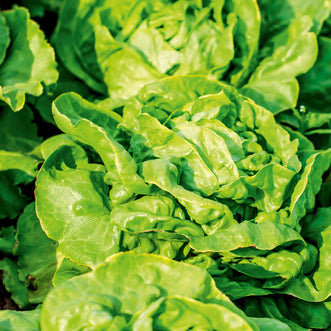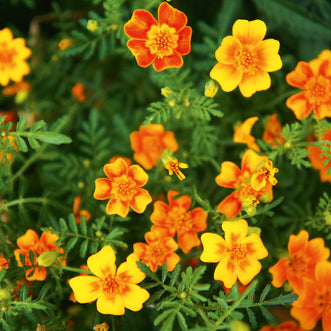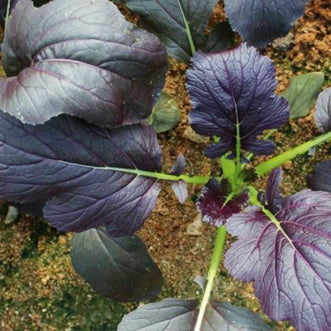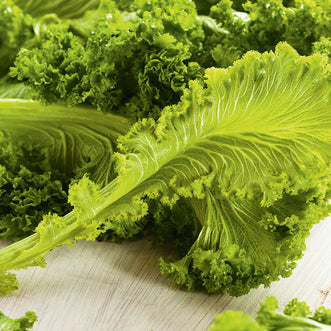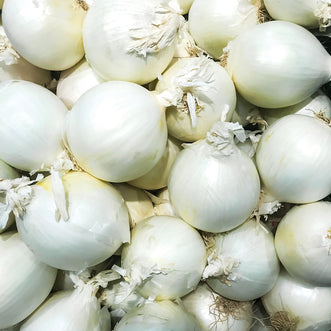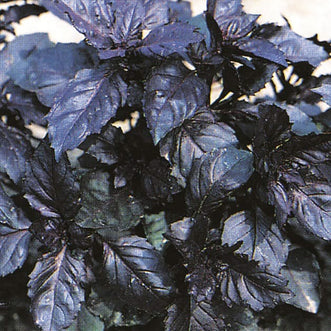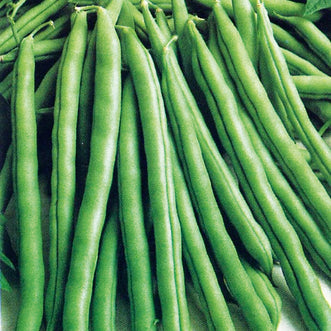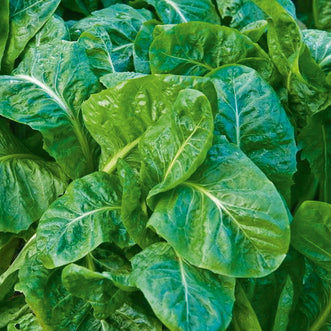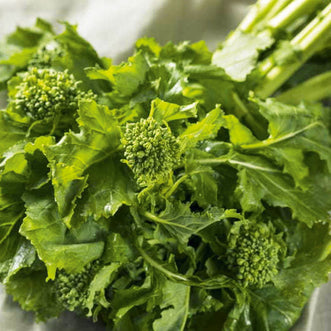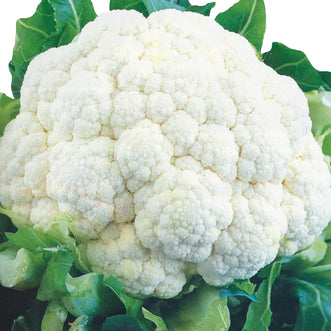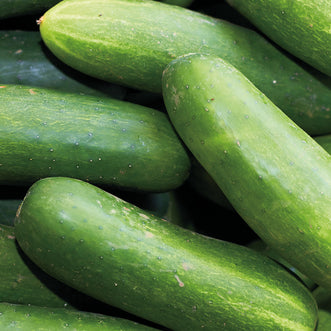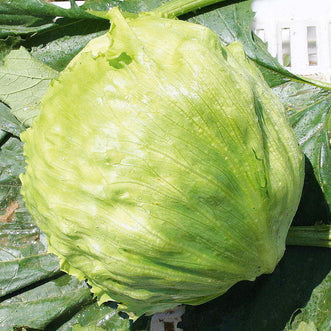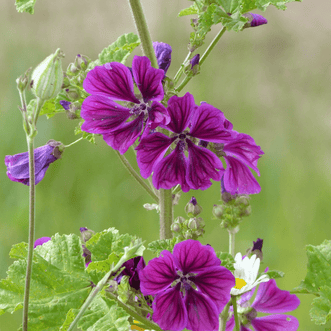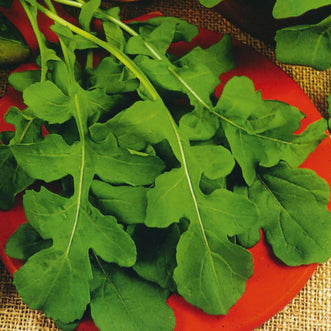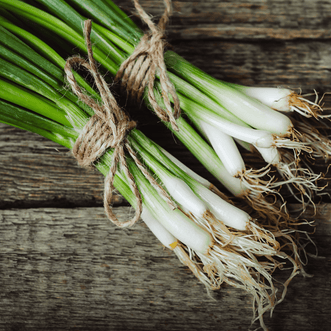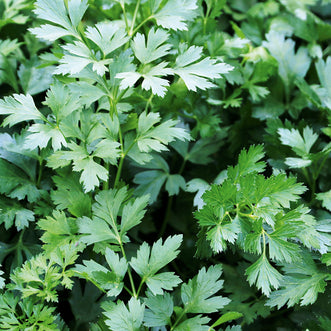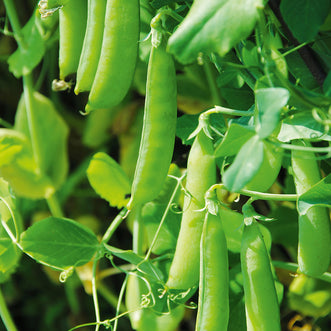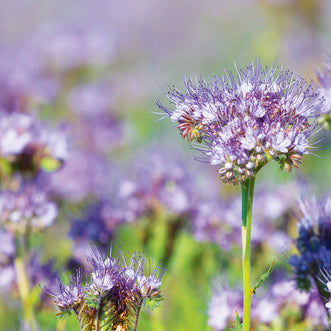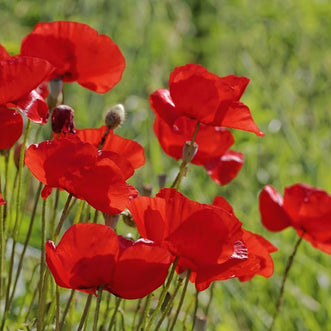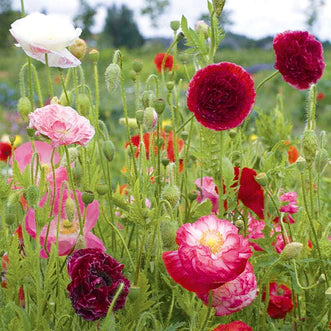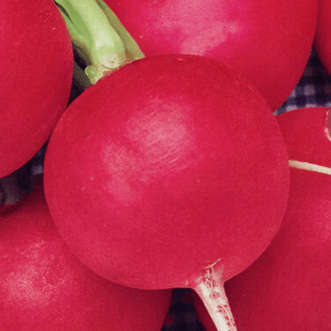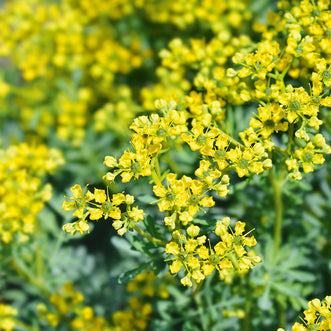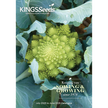All the Different Mints...
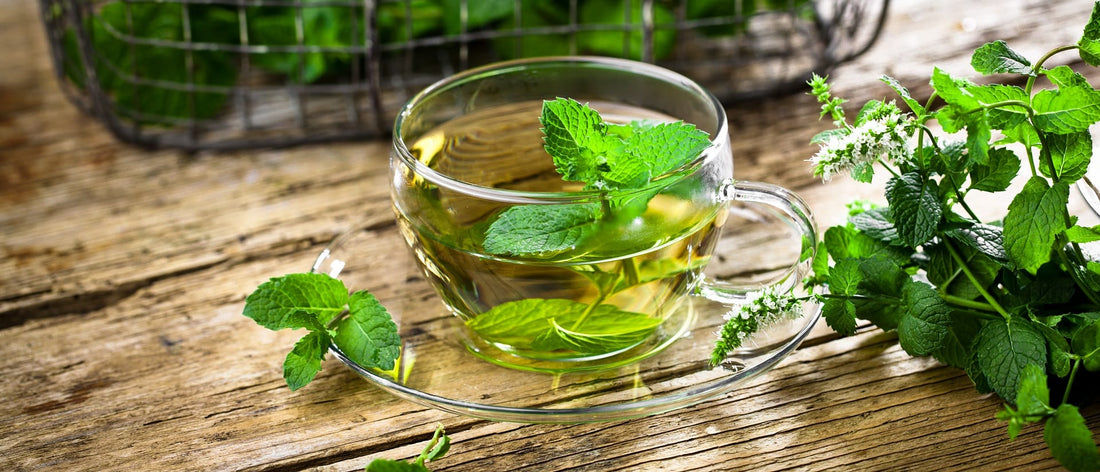
Calamint smells like a cross between mint and oregano and grows as a bush of blue flowered spikes. It prefers the warmer temperatures of summer. Dormant during the winter months, the flowers that dropped at the end of its season will have seeded and started growing by late spring. This cycle tends to last for 3-4 years. It attracts honeybees and butterflies. A great herb to use either dried or fresh and the flowers can be used too.
It is also known as Mountain Mint, Mountain Balm or Mill Mountain and its properties are wide and varied. In the 1600's, Nicholas Culpeper wrote extensively about the virtues of Calamint. He referred to it for afflictions of the brain (depression), flatulence and stomach problems, yellow jaundice, coughs and shortness of breath, to name only a few. In current times there is some research that indicates it may possibly be helpful with diabetes sufferers.
Spearmint has proven to be popular as it can be used in the same way as common mint. The word 'spear' is derived from the shape of the pointed leaves and its root system can be invasive just like common mint.
The difference between Spearmint and Peppermint is the amount of menthol and menthone. There is more in Peppermint giving you the stronger flavour and cooling sensation on your palate and skin. This makes Spearmint more suitable in many cases because of its lighter taste, but it always comes down to personal preference. Peppermint has a different leaf shape as well.
Spearmint is commonly used in drinks such as Moroccan tea, iced tea, mint julep and mojito. It is also used to flavour candy, gum and most mint sauces. Cleaning products such as toothpaste, shampoo, mouthwash, soaps and shaving creams also contain spearmint.
An interesting study I came across was done in Turkey with hirsute females where they drank spearmint tea twice a day and it appears to be a promising natural alternative (that requires more study) for treating mild cases of excessive hair growth in women.
Catmint is a perennial and easy to grow Nepeta which produces masses of spikes of purplish-blue flowers in the summer. The rest of the time it has a grey-white foliage making it attractive all year round. The flowers are self-cleaning which contributes to it being easy to care as it does not need dead-heading. It only requires a layer of compost in spring or autumn to keep it happy and dividing every 3-4 years.
It is similar to Catnip, but puts on a better show of flowers. Although cats appear to be more attracted to Catnip, they have been known to roll around in a bush of Catmint. For this reason, ensure your new seedlings are protected from such euphoric displays until they are well established.
The culinary uses of this herb include using the leaves and shoots to flavour soups and sauces. Tea made from the leaves and flowers can be used for calming nerves and relieving coughs, congestion and menstrual cramps.
Did you know that planting Catnip in your vegetable garden can help to deter aphids while attracting bees to the blue flowers.
Celery Peppermint Stick looks beautiful with the touch of pink on the stalks. It is named for its look rather than the taste of mint. Celery with a mint flavour......too weird!!!
The red and white stripes at the base appear to vary in that some stalks carry the pink hue nearly the entire length and others tend to have a darker shade nearer the base which changes to green further up the stalk. A quick glance by some may mistake it for rhubarb but the leaves are definitely celery leaves. Patience and care is required for germinating paying particular attention to keeping the soil moist at both germination and after transplanting into your garden. If you let your plants go to seed, the seed can be harvested for use in cooking and spice mixes.
This variety is used the same way as your usual green stalked celery and has a lovely crisp and refreshing crunch and flavour. The pink colour remains even when cooked and the leaves can be used as a fresh herb in salads or cooked dishes.
Peppermint is native to Europe and is and is a naturally occurring hybrid of water mint and spearmint plants. The uses are many and it has properties that help to soothe an upset stomach. Just add one drop of peppermint oil to your herbal tea to take advantage of this. It can also be used as a deterrent for spiders, mice and rats. We are determined to try and keep this favourite in the catalogue. Unfortunately we have an ongoing struggle to find a consistent source of Peppermint seed so we suggest you buy it when we have it. The orders have been placed and the stock is expected in by the end of June.
We believe some varieties are grown world-wide by only one grower and if their crop is not abundant, all seed suppliers end up purchasing from each other creating a world-wide shortage until the next season's harvest. Peppermint tends to fall into this category. We hope you have enjoyed this blog.........your comments are always appreciated.


